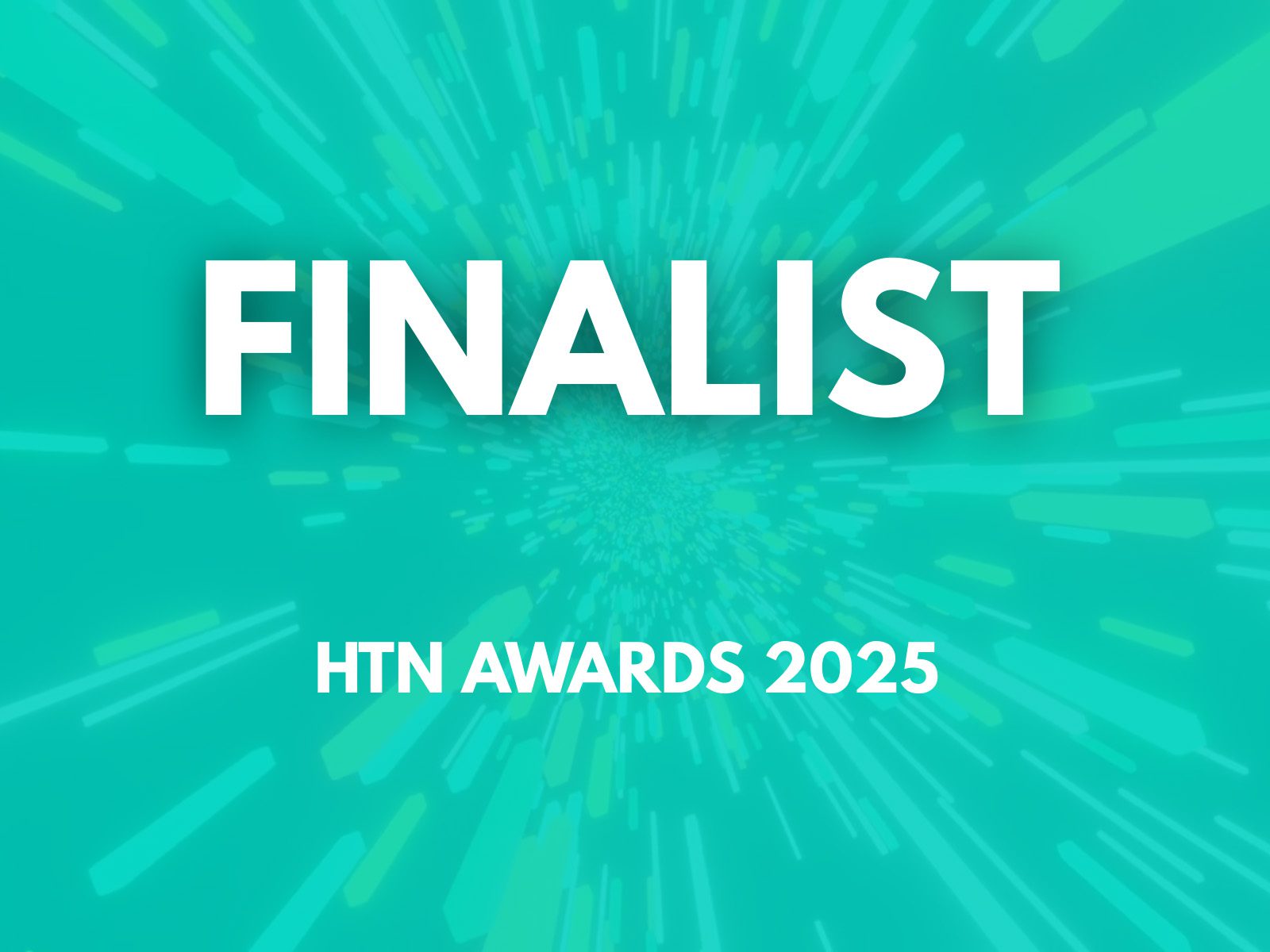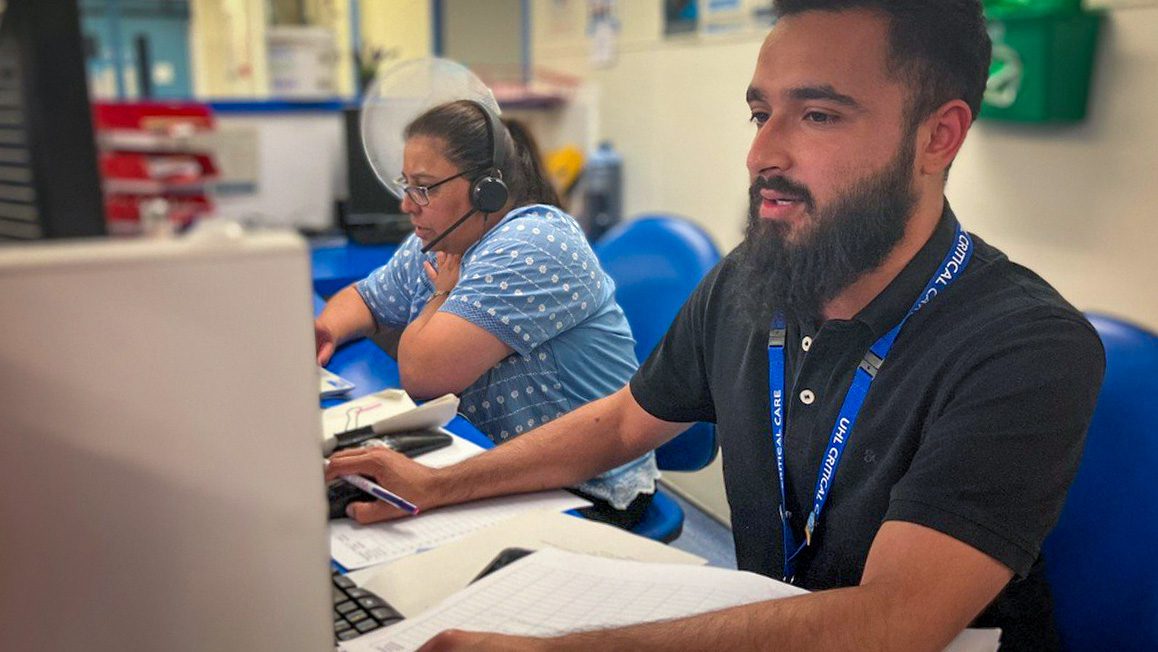The mobile solution, which is purpose-built for use on everyday handheld devices, brings portability, practicality and real-time intelligence to medicines administration in acute trusts.
Significantly, the system – which integrates with Nervecentre’s ground-breaking mobile EPR – enables mobile prescribing and convenient barcode administration at the patient bedside, meaning NHS hospitals can finally realise the downstream benefits of ‘closed-loop’ e-prescribing.
Adoption of e-prescribing in UK hospitals has to date been slow, with only around a third of acute trusts writing more than 80% of inpatient prescriptions digitally. One major barrier to progress is the common reliance on traditional e-prescribing systems that are difficult to deploy and don’t fit sufficiently into everyday clinical practice to persuade clinicians to use them. Traditional systems are typically desktop-based, requiring ward teams to update prescribing information via laptops on trolleys or on PCs remote from the patient consultation. This creates particular difficulties when managing complex patients whose medicines regimens can’t be scheduled to coincide with standard drug rounds. The introduction of mandatory barcoding requirements at the point of administering treatments to patients has further complicated medicines administration and increased the need for more agile systems.
Nervecentre solution
Nervecentre’s mobile e-prescribing tools allow hospital staff to capture and access data whenever they need to, wherever they are – empowering them with the best information to make accurate, reliable and timely decisions. The tools make e-prescribing part of a fully-integrated EPR, giving clinicians real-time visibility of data that can influence complex prescribing decisions; pathology results, vital signs, medical history, drug charts, current medications and contraindications.
The system incorporates the NHS’ Dictionary of Medicines and Devices (dm+d), ensuring information exchange with prescribing systems in other care settings uses common drug codes and language. This empowers mobile prescribing, giving doctors rapid access to the national dictionary, local formularies and clinical decision support.
The solution, whose interface has been designed with clinicians to reflect real-world clinical practice, optimises Nervecentre’s renowned clinical workflow tools, enabling effective task management and prioritisation. This allows hospitals to configure alerts to appropriate clinicians to ensure the timely administration of medicines and escalate rapid response to complex or deteriorating patients.
Finally, the system maximises familiar technology to help clinicians meet FMD requirements to barcode medicines at the point of care. Ward staff can use the built-in camera on standard mobile devices to scan GS1 barcodes at the bedside – removing the need for clunky hardware that clutters the patient consultation. This simple, convenient functionality allows hospitals to realise the benefits of closed-loop medicines administration, fuelling end-to-end traceability of medicines and strengthening patient safety across the entire pathway. The closed-loop approach enables hospitals to generate mandatory information for NHS data sets and audits and to stimulate rich, real-time intelligence on medicines utilisation, optimisation and administration.
Paul Volkaerts, Nervecentre Founder and CEO, said: “Basic electronic prescribing tools are no longer good enough for acute trusts; they don’t align with the real-world dynamics of the hospital environment, and they can’t flex in response to complex and individual patient needs. Fundamentally, hospitals are being tasked to deliver ‘closed loop medicines administration’. Mobile is the gateway to achieving it. Ultimately, prescribing is itself a complex loop with multiple touchpoints. Nervecentre’s mobile tools help close that loop to ensure hospitals deliver safe, timely high quality care. We’re at the beginning of the end-to-end for e-prescribing. It’s time for the next generation.”





